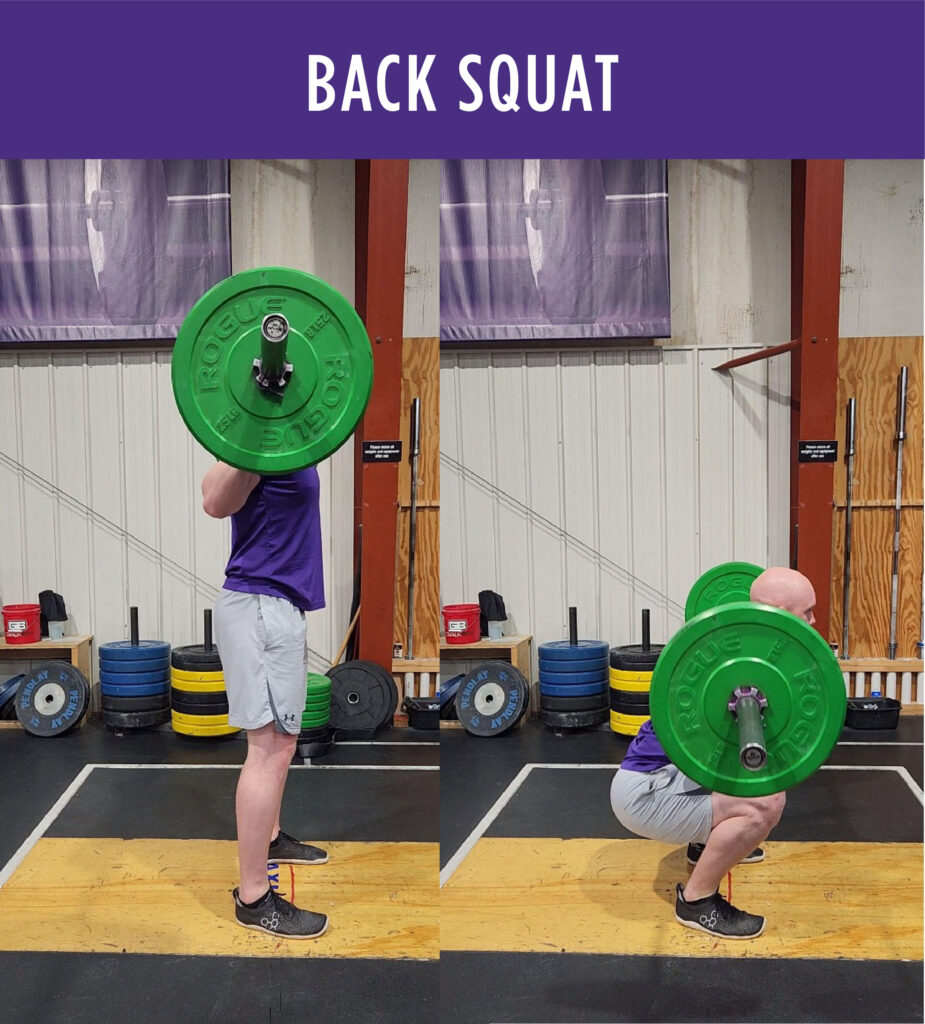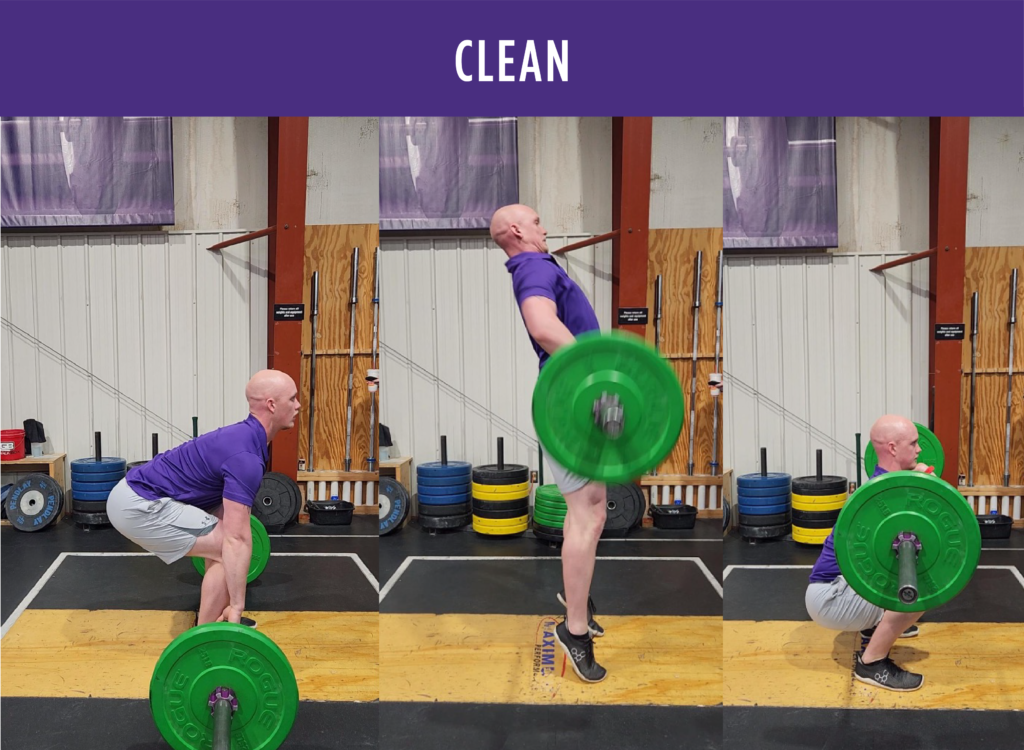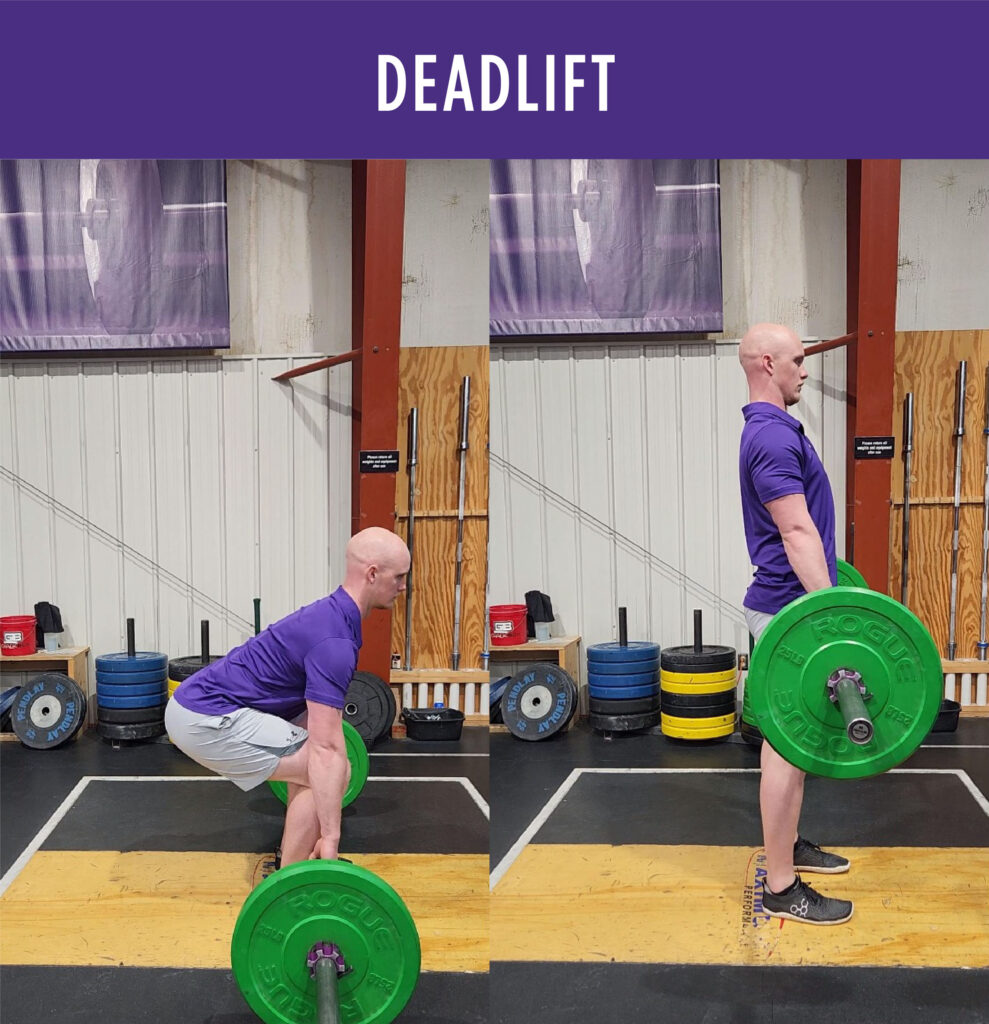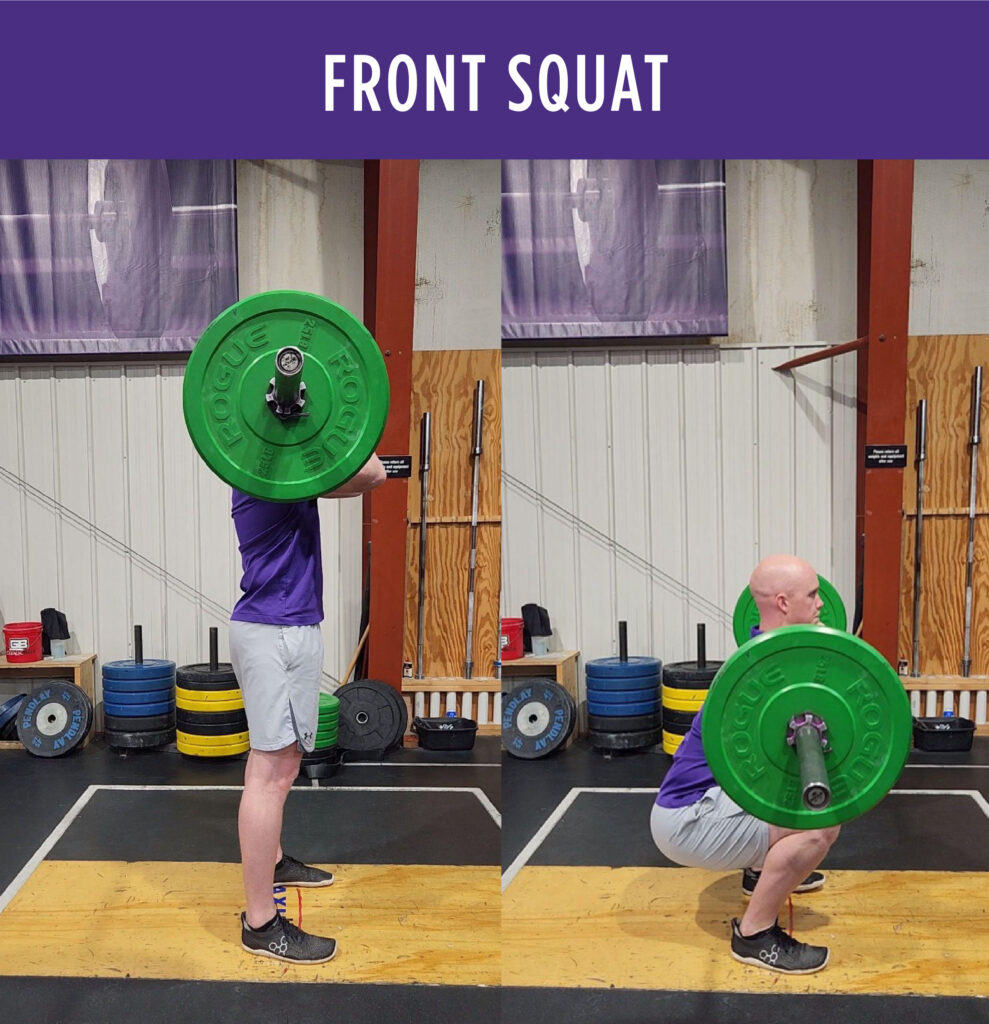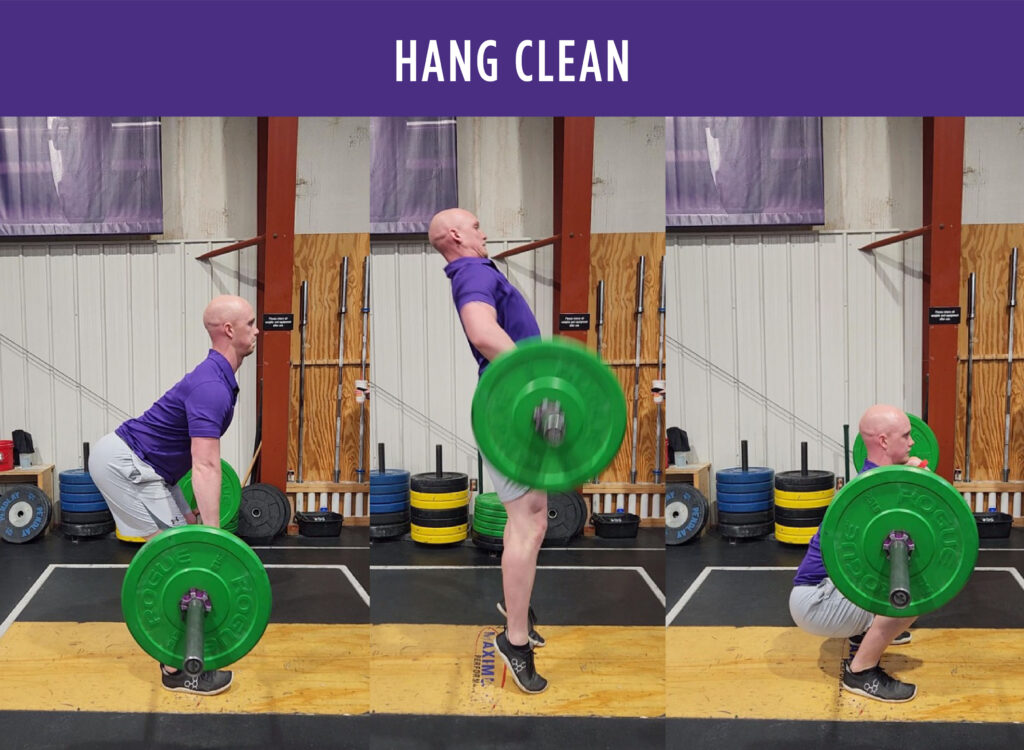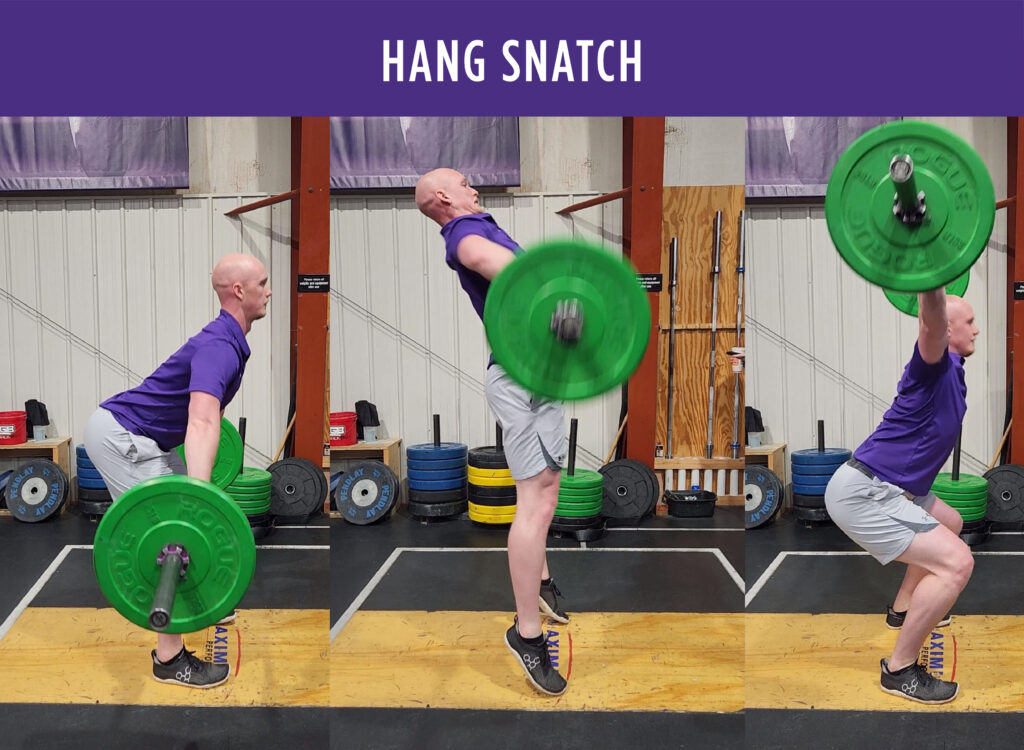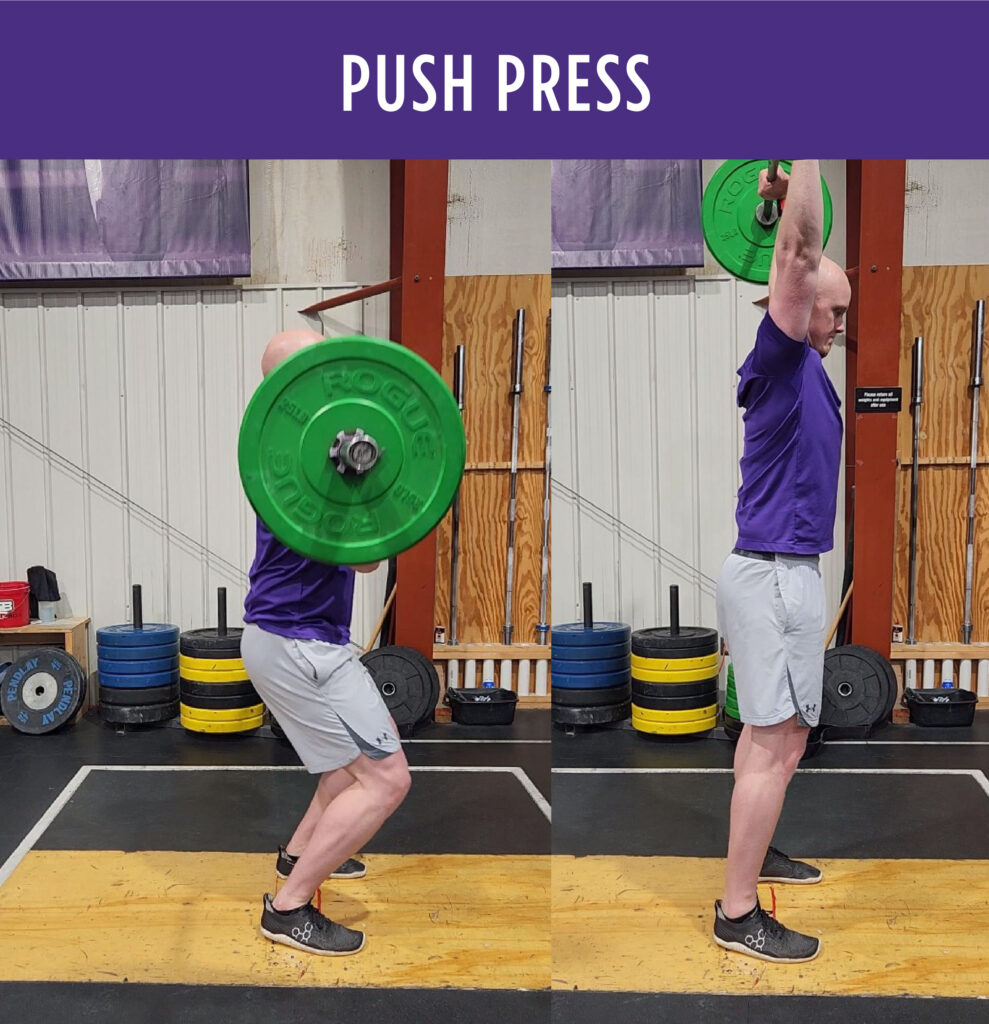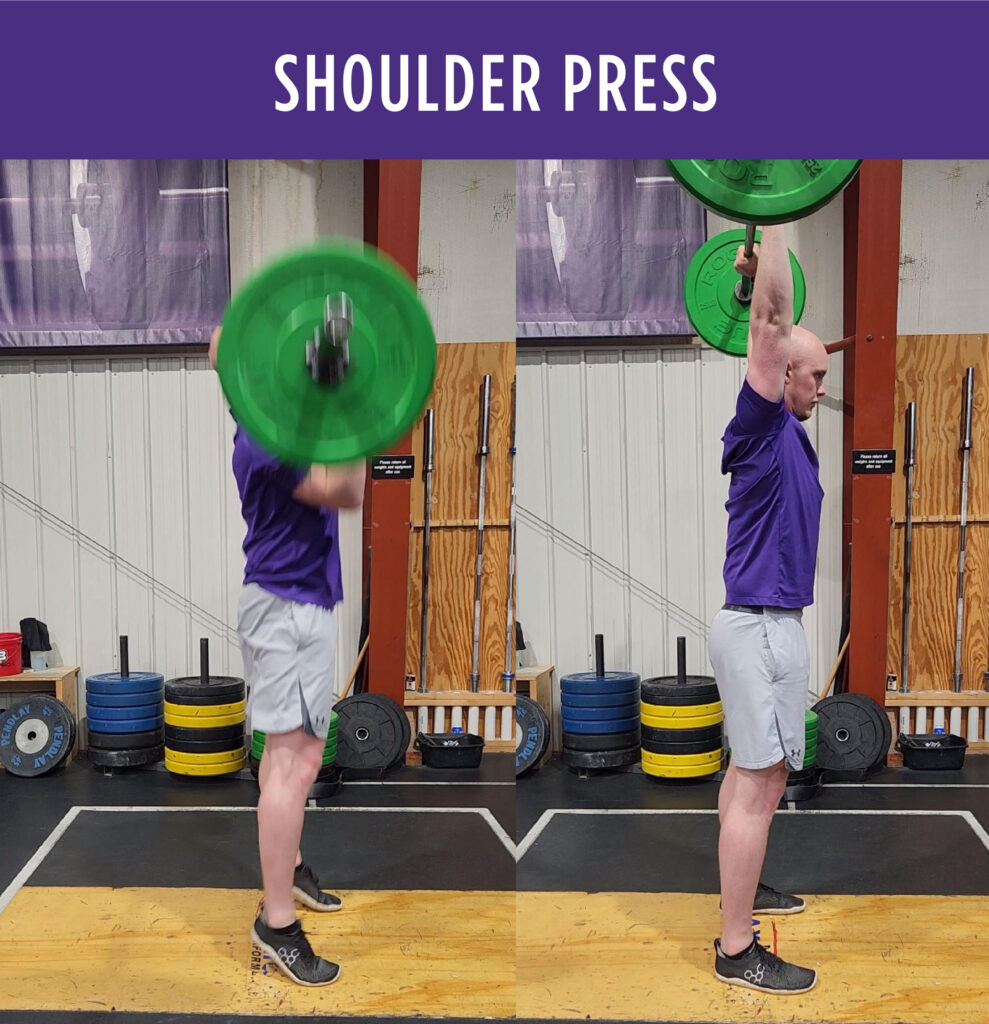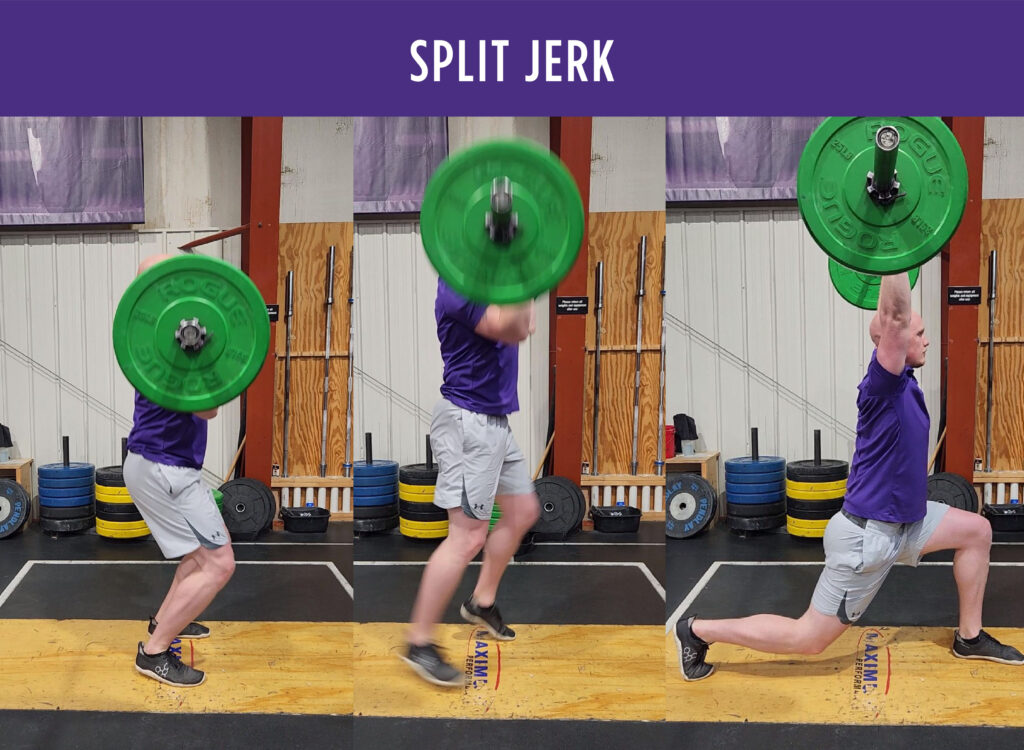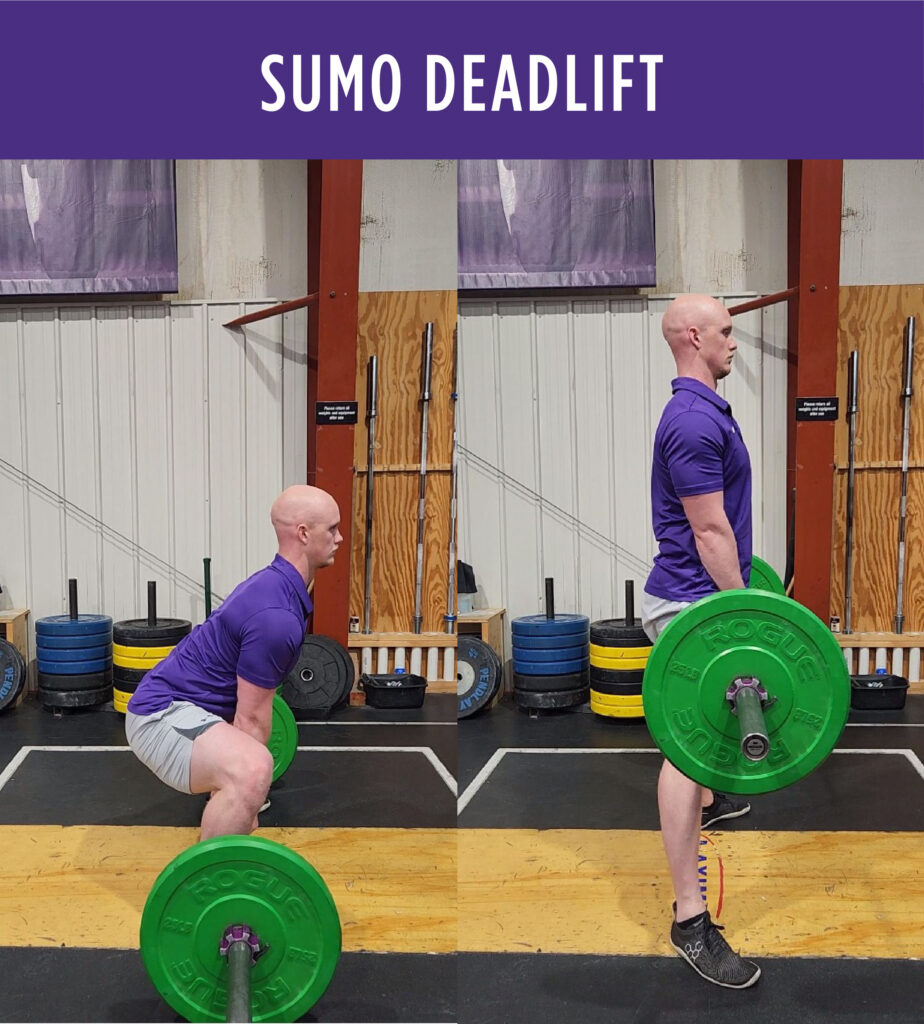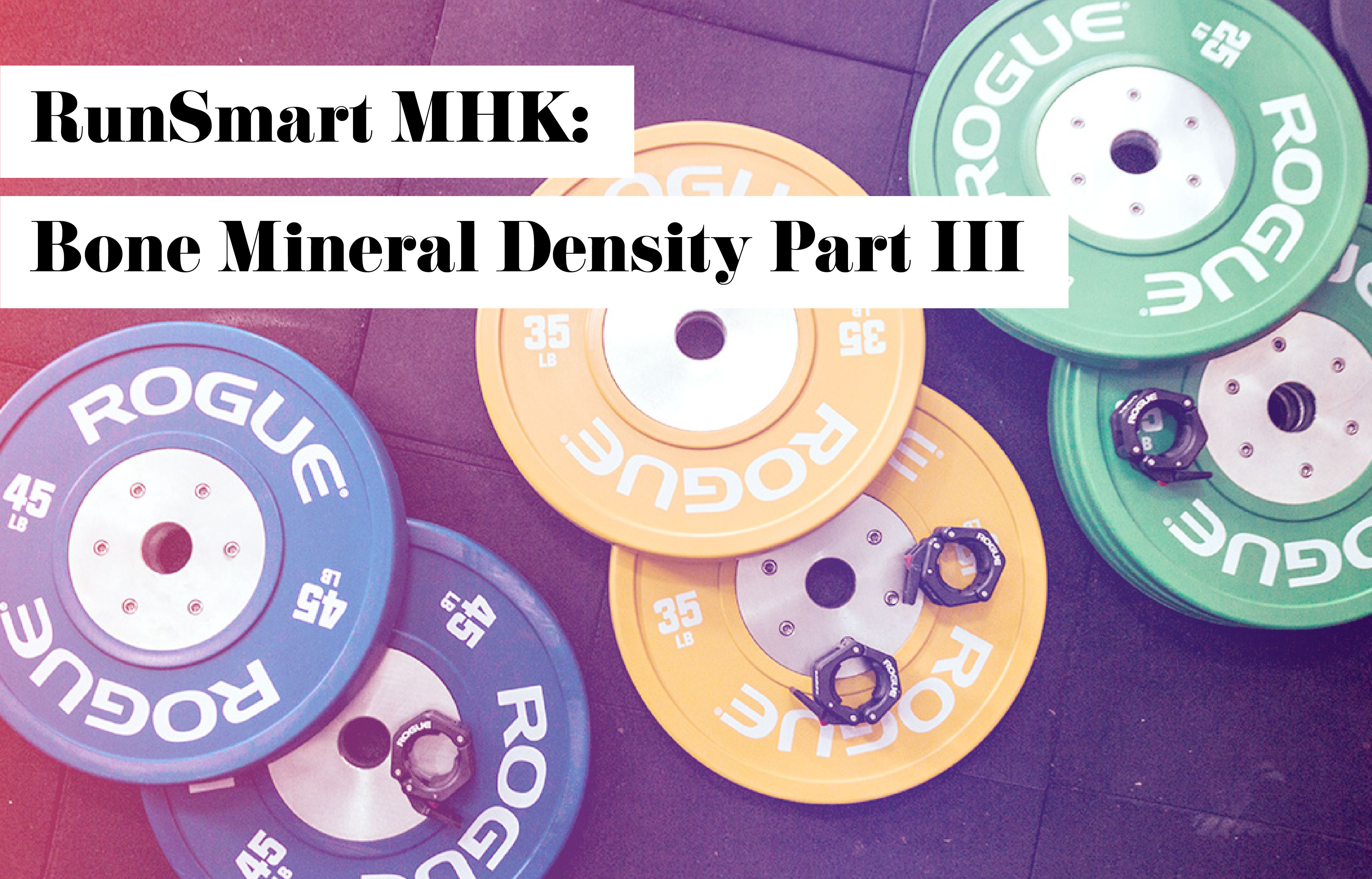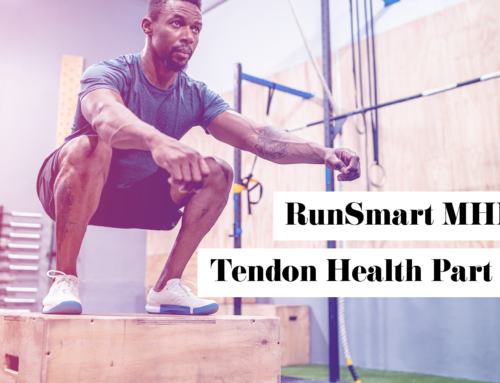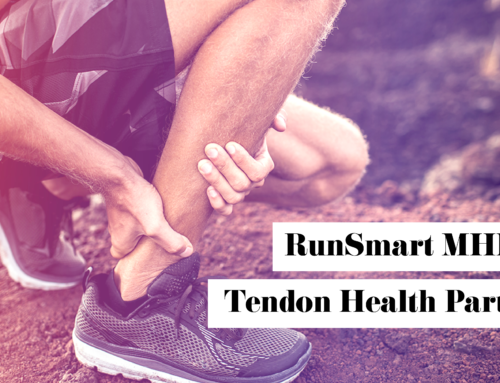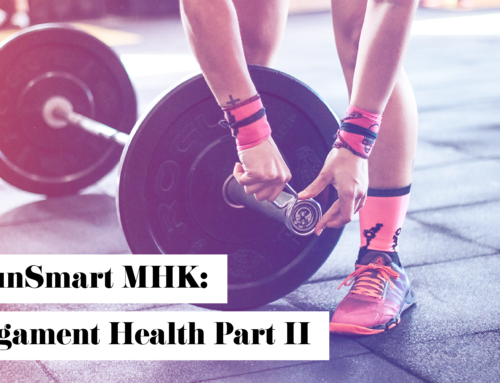Bone Mineral Density Part 3
Brenton Leighow, MS, CSCS, GFS,
Maximum Performance Personal Trainer
How do you reach the Minimal Essential Strain (MES)? For a refresher, you can look back to our last blog post, “Bone Mineral Density Part II”. MES isn’t something you’ll accidentally exceed; it’s thought to be approximately 1/10th of the force required to fracture bone (1). This is achieved by bending and placing torque and pulling forces on the bones. The best way to achieve the MES is through strength training, however, not all exercises will cause an increase in bone mineral density (BMD). A large factor at play here is the direction of forces. For example, if you’re doing bench presses or bicep curls, you won’t see an increase in your lower body BMD. Those two lifts will cause an increase in your upper body because that’s where the stressor is. If you were to draw a line where gravity is pulling the weight, then it would go through or near the bones that are experiencing the stressor. Another example:
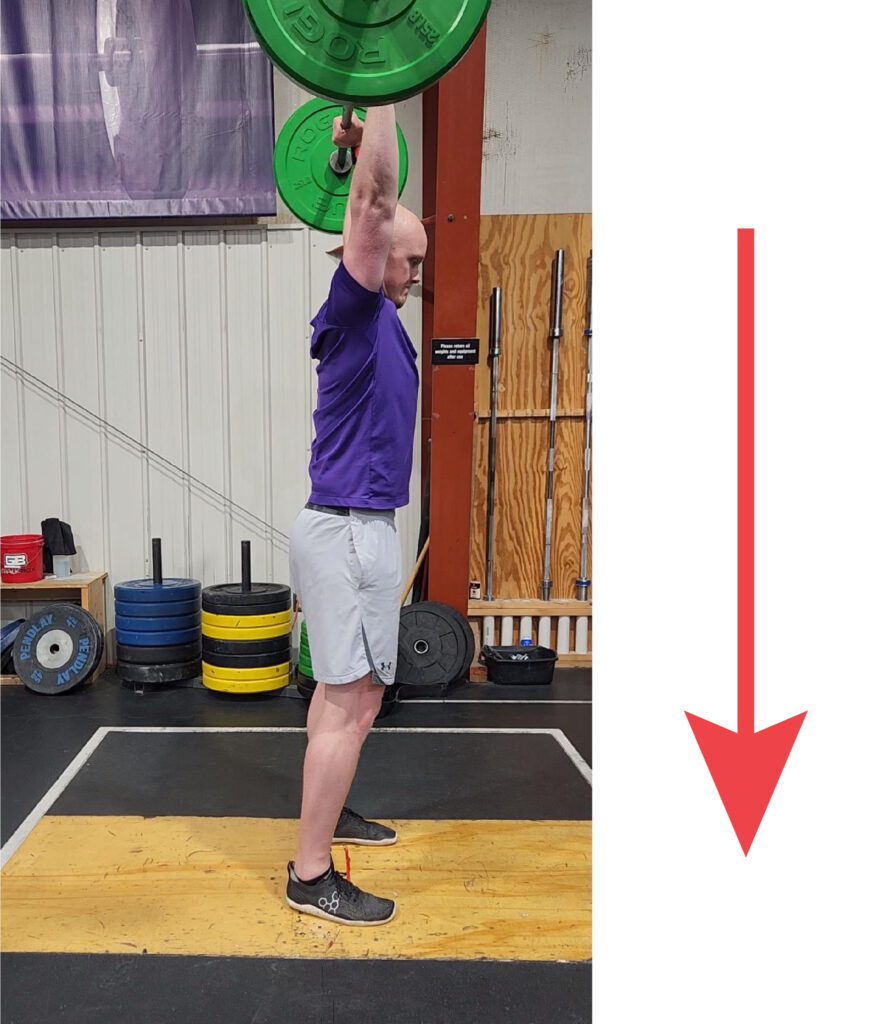 This arrow in the image on the left represents the force of gravity on the weight. You can see other examples of directional loading in the images included at the bottom of this post.
This arrow in the image on the left represents the force of gravity on the weight. You can see other examples of directional loading in the images included at the bottom of this post.
To get the largest increase in BMD from your spine to your toes, core lifts are recommended. No crunches, twists or planks here. Remember, you need a heavier load to reach the MES. The National Strength & Conditioning Association (NSCA), a top source in the strength and conditioning field (1), recommends these exercises:
- Squat variations
- Deadlift variations
- Overhead presses
- Clean variations (see images of a few of these lifts at the bottom of the post)
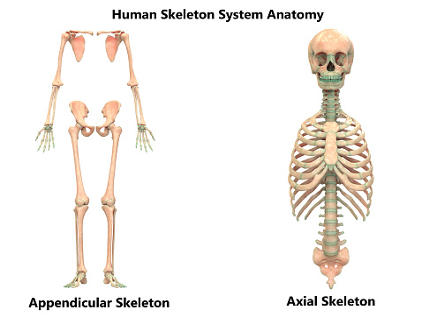 All of these exercises have two things in common: they load the axial skeleton and put strain on the appendicular skeleton (2). With all of these exercises, the lower body, and in most cases, the upper body, is under direct stress from the bar. Compression on all of the supporting bones in the body happens when the bar is directly over the top of the skeleton. When properly loaded, the stress produced by these lifts will exceed the MES. This leads to osteoblast mobilization and, with consistency, an increase in BMD. Another directional force that isn’t easily depicted in the images below is the muscles pulling on the bones through the tendons. Strength training leads to better tendon health and increased BMD near the attachments.
All of these exercises have two things in common: they load the axial skeleton and put strain on the appendicular skeleton (2). With all of these exercises, the lower body, and in most cases, the upper body, is under direct stress from the bar. Compression on all of the supporting bones in the body happens when the bar is directly over the top of the skeleton. When properly loaded, the stress produced by these lifts will exceed the MES. This leads to osteoblast mobilization and, with consistency, an increase in BMD. Another directional force that isn’t easily depicted in the images below is the muscles pulling on the bones through the tendons. Strength training leads to better tendon health and increased BMD near the attachments.
There’s a lot of technique involved in doing the exercises listed above, and when done incorrectly, they can cause problems rather than fix them. A lot of the time, people turn to online programs for their strength training. Some of these programs are good, but most of them really aren’t. Instead of risking an injury with one of these, take the important step of seeking out a professional in the field for advice on lifting technique, volume and intensity. It’s just like going to a mechanic for vehicle advice or taking your pets to a doctor of veterinary medicine.
This post concludes our look into BMD. As always, if you have any questions, please reach out to us here at Maximum Performance! We’re more than happy to set up a time to meet with you individually. We’re here to help you achieve your fitness goals, so if you’re interested in increasing your BMD, we can give you the proper guidance you need.
In our next posts, we’ll dive into tendons and ligaments. What are they? Why are they important? Can we increase their strength? We’ll see you there!
Citations
- “Essentials of Strength Training and Conditioning (Fourth Edition). Human Kinetics”
Haff, Triplett, N. T., & National Strength & Conditioning Assoication. (2016). - Magicmine. (n.d.). 3D illustration of human skeleton system appendicular and axial…
iStock. Retrieved April 14, 2022, from https://www.istockphoto.com/photo/human-skeleton-system-appendicular-and-axial-skeleton-anatomy-gm1054481768-281751266
